Traditional Generation
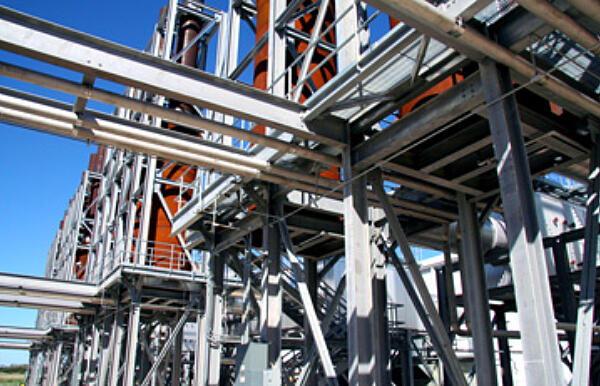
North America currently utilizes a handful of energy generation options, including traditional sources such as coal, natural gas, and nuclear and more recently renewable sources such as hydro-electric, solar, and wind. However, a primary generation source for the future is yet to be determined. Going forward, a sustainable, reliable source or combination of sources is necessary to meet the growing energy demands.
Currently, coal is leading the nation in power generation with nearly half of all power generated from this source. Recently, though, the power market has seen shifts from coal generated power to cleaner, more environmentally-friendly, and economical forms of energy. Over the next 25 years, the division of generating sources is poised to change significantly. Regardless of the make-up of the generation sources, protecting these generation facility structures from corrosion throughout their service life will keep energy costs at a minimum and allow service to continue uninterrupted well into the future.
Hot-dip galvanized (HDG) steel is a solid choice for protecting steel structures within and around generation facilities for decades. With a time to first maintenance of 75 years in most environments, HDG ensures steel in any power generation application will be properly protected from corrosion and be able to operate maintenance-free at full capacity for the intended project life.
With the growing interest and need for sustainable development, energy generation will continue to be an important investment for future generations and their quality of life; therefore, protecting those investments from degradation now will benefit owners and users alike for generations to come.
Coal
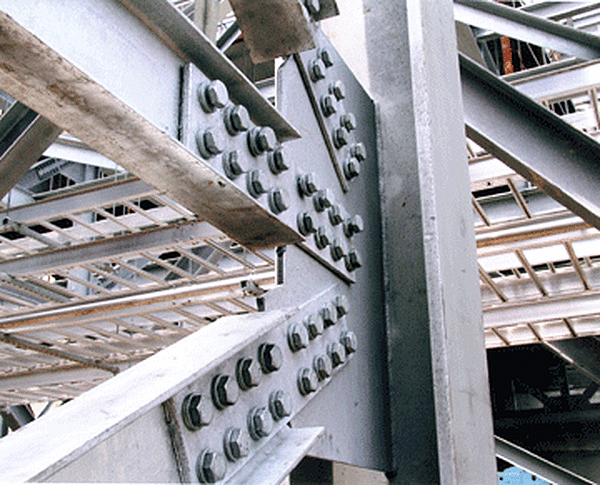
As of March 2010, coal-fired plants contribute 47.7% of the power generated in the United States, and coal is still the largest source of energy generation worldwide. While other forms of energy generation are growing in popularity, a massive amount of the country's energy continues to rely on coal powered plants. Because of the way coal power is generated, heat and harsh chemicals are released during the combustion of the coal, an extremely corrosive environment is created within the plant.
The constant exposure to the harsh chemicals in coal ash, such as sulfuric acid, silicon dioxide, and trace levels of several other toxic components, make it a volatile and detrimental substance reacting with nearly every metal, steel being no exception. Sulfuric acid is an oxidizing and dehydrating agent and chars many organic materials. In addition to the harshness of the environment from combustion, coal itself can be very abrasive. Coal is a sedimentary rock formed with organic materials combined by heat and pressure and can often be very coarse in texture. Conveyor belts and feeds, coal hoppers, and chutes are in direct contact with the abrasive coal, transporting it to the furnace to power the steam turbine. Piping and fittings for cooling water, reticulation and fire protection systems also are subjected to harsh conditions within the plant.
Unlike paint, which can have corrosion-luring pinholes in the application and tends to thin at corners and edges, galvanizing offers complete, uniform coverage. Additionally, HDG can withstand the extreme temperatures inside the plant with no degradation in continuous exposure up to 390 F, making it an ideal solution for steel exposed to sweltering coal-fired temperatures.
With such a large portion of the nation and world relying on coal generation, it is important to keep these plants operating at full capacity. A conventional coal powered power plant, such as the Charles R. Lowman Plant in Leroy, Alabama, can cost as much as $780 million to build, according to Bechtel and General Electric Research, and has the potential to be in service for 90 years or more. Avoiding the monumental costs associated with partial or complete shutdown of a plant, which leads to wasted energy and inconsistent service to tax payers and consumers, is a key element when specifying a corrosion protection system. Consistent, reliable energy can be provided with little to no interruption for decades by protecting the structural steel and steel equipment inside and around the plant with hot-dip galvanizing.
Natural Gas
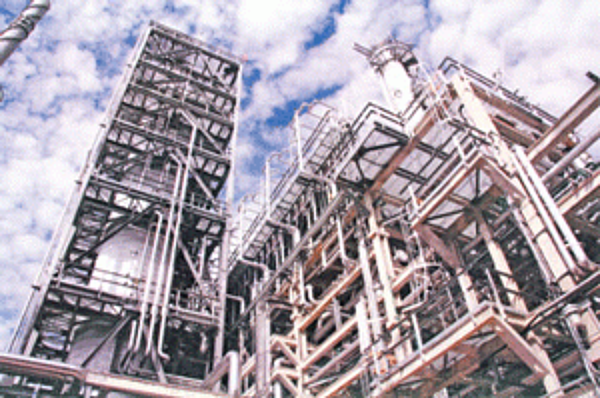
Developing a secure energy future is a continuing national priority, currently trending toward reliance on oil, wind, solar, coal, and natural gas. According to a study from the Massachusetts Institute of Technology (MIT), to substantially curb carbon dioxide (CO2) emissions through 2050, the lowest-cost policy option would lead to a shift toward natural gas for power generation.
There are four primary sources of natural gas: natural underground reservoirs (currently the most economical to tap), tight gas, shale gas, and coal-bed methane. Last year, the United States overtook Russia as the world's largest natural gas producer and has enough natural gas to last about 100 years at current demand levels. Because of the relative abundance and clean, efficient burning nature, there has been a shift from coal toward natural gas production, and according to ExxonMobil, natural gas will be the fastest-growing major fuel through 2030.
By definition, natural gas is a mixture of combustible gases formed underground by the decomposition of organic materials in plant and animals. It cannot be burned directly to generate heat for home/industrial use or to drive an electric generating turbine, but rather must be processed in a series of cleaning operations. A good example of the natural gas infrastructure is the Canaport facility in Saint John, New Brunswick.
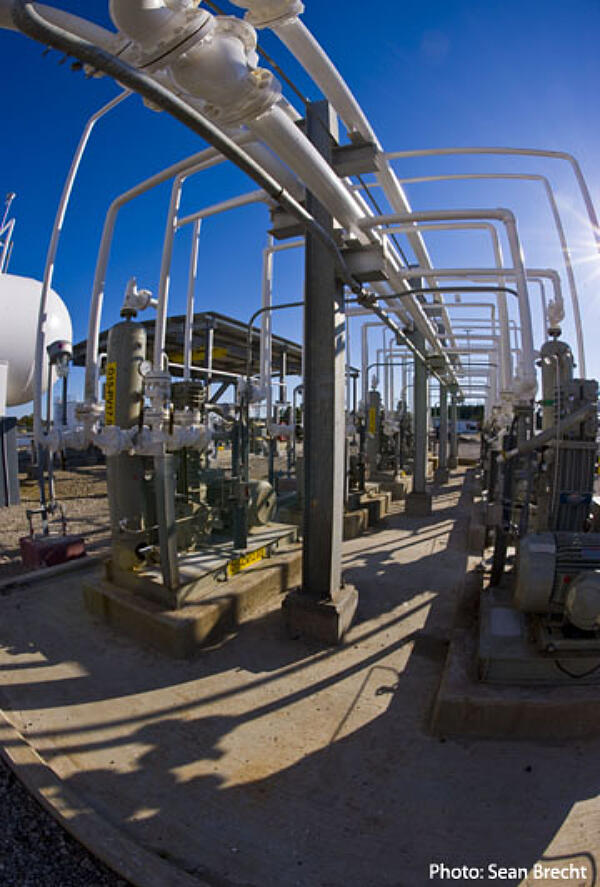
The conditions inside a natural gas power plant are unique and present a number of corrosion-related problems. Many of the gases present in the plant are highly corrosive, especially around the sulfur unit, and gas treatment areas. Corrosive electrolytes like hydrogen sulfide and water vapor are prevalent in natural gas environments as well as other corrosive elements such as slightly acidic ethane, propane, and butane.
If credence is put in the MIT study and ExxonMobil's projections are correct, the construction of natural gas plants is poised for significant increases in the next 20-40 years. With the continued drive toward lower carbon emissions and green building, natural gas plants, which are more environmentally-friendly than coal plants, have an opportunity to meet or surpass these projections. Hot-dip galvanized steel's durable barrier and cathodic protection translates to uninterrupted generation within the facility. Unlike competitors that require routine maintenance to keep corrosion protection capabilities intact, the durable, passive zinc coating of hot-dip galvanizing resists corrosion for 70 years or more without maintenance.
Nuclear
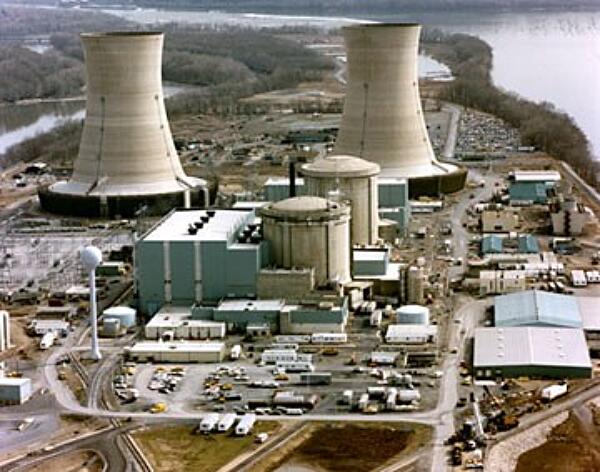
As of 2008, the US had 104 nuclear power reactors in 31 states, operated by 30 different power companies. Although coal still accounts for nearly half of the nation's power generation, the US is the world's largest producer of nuclear power, accounting for more than 30% of worldwide nuclear generation. Despite a 30-year near halt in construction of new nuclear power facilities, US reliance on nuclear power has continued to grow. In 1980, nuclear plants produced 251 billion kWh, accounting for 11% of the country's electricity generation. In 2008, that output had risen to 809 billion kWh and nearly 20% of the electricity demand.
Much of the increase came from remarkable gains in power plant utilization through improved refueling, maintenance, and safety systems at existing plants. The existing reactors use only the U-235 in natural uranium and are planned to be operational for some hundreds of years, making a maintenance-free infrastructure around the reactor itself paramount.
Recent government policy changes, such as expedited approval for plant design and construction, have helped pave the way for significant growth in nuclear capacity, with four to six new units expected to come online by 2018. Clearly, nuclear energy is an important element of the diverse energy portfolio required to accomplish the national objective of energy independence. To achieve energy security and greenhouse gas (GHG) emission reduction objectives, the United States must develop and deploy clean, affordable, domestic energy sources as quickly as possible.
Though the multi-billion dollar investment in the containment structure and steam generation equipment area dwarf the cost of the rest of a nuclear generating plant, maintaining the facility is critical to every nuclear plant operator. Often, the cost of maintenance determines whether the bottom line is red or black and whether a petition to the public utilities commission (PUC) for a rate increase is necessary. The largest portion of overall maintenance expense is related to changing out fuel rods, but infrastructure maintenance is also significant. When HDG steel is used for catwalks, railings, grating, ladders, support structures, and piping/piping supports, the entire steel surface is protected from corrosion. Furthermore, utilizing hot-dip galvanizing for transformer supports and poles in the switch yard and transmission area and structures such as walkways and outbuildings around the perimeter ensures these structures will remain intact and structurally strong for generations.
One of the biggest concerns related to nuclear power generation is safety. Nuclear power plants operate under the watchful eye of a host of regulatory agencies, and many of the regulations developed and discussions about the increased use of nuclear generation centers around the handling of the reactor and the storage of spent fuel (uranium and plutonium). Some of the renewed interest in nuclear power is due to the increased interest in sustainability because power is generated through fission of uranium rather than burning of fuels. Consequently, nuclear power generation does not emit nitrogen oxides, sulfur oxides, dust, or greenhouse gases like carbon dioxide into the environment.
The debate over the safety of storing spent nuclear waste versus emitting damaging gases and pollutants into the environment has yet to be settled. However, in the existing nuclear facilities and the construction of future ones, a key component of the efficient, economical, and safe balancing act is hot-dip galvanized steel, a corrosion protection system that will increase safety during plant operation and help protect the environment.
Traditional Generation Case Study
Cove Point LNG Expansion, Lusby, MD- Galvanized in 2016
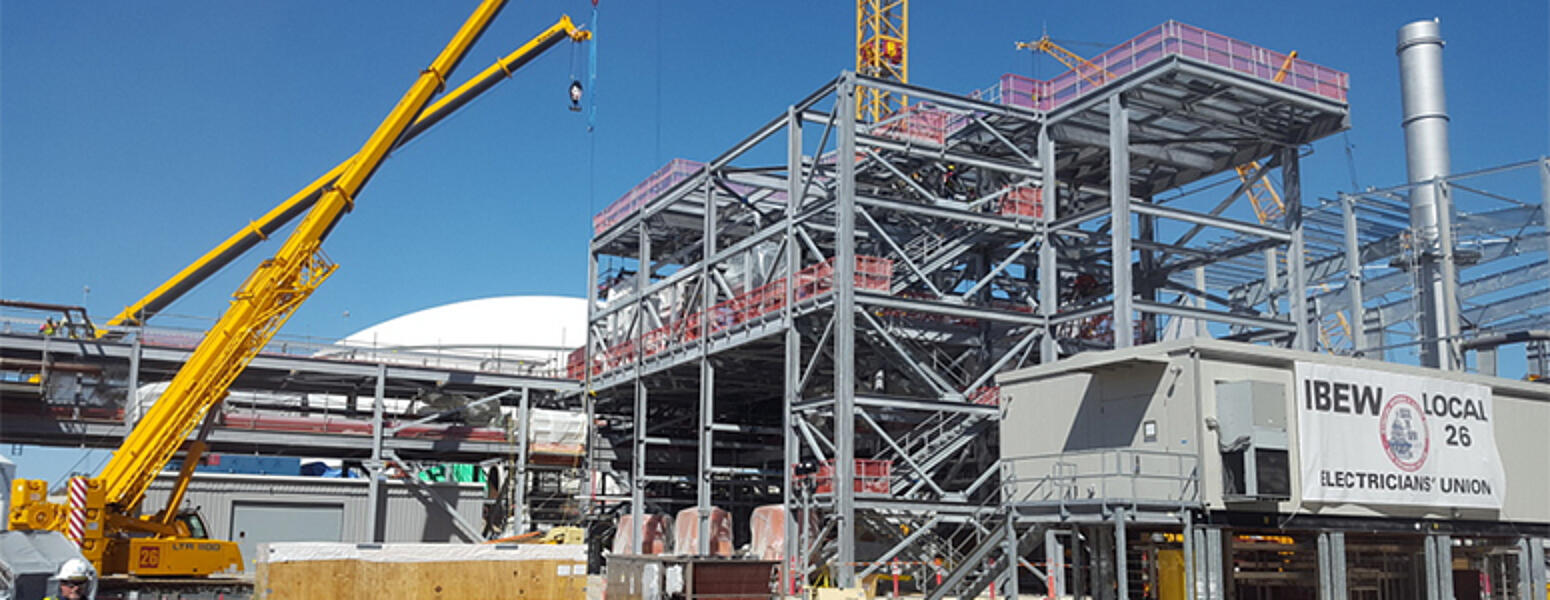
The Cove Point gas liquefaction plant, the first on the East Coast, adds diversity to the nation's energy production and management resources, many of which are located on the Gulf Coast; and thus, vulnerable to natural disasters such as hurricanes. Liquefied Natural Gas (LNG), is a natural gas used to heat homes and power businesses. Energy companies liquefy the gas by cooling it, in order to reduce its volume, making it more efficient to transport, especially by sea. Then it is returned to its natural gaseous state before it is used for cooking, heating, and other energy needs.
To build a facility that liquefies natural gas is a huge undertaking that requires the muscle of galvanized steel. In 2015, the Cove Point LNG Facility project in Lusby, Maryland began with a plan to build nine new steel buildings; all utilizing hot-dip galvanizing (HDG) for corrosion protection.
